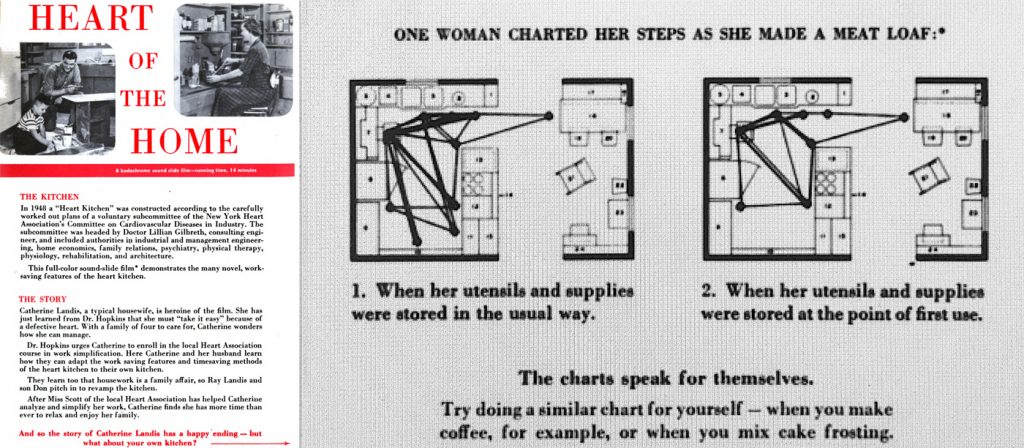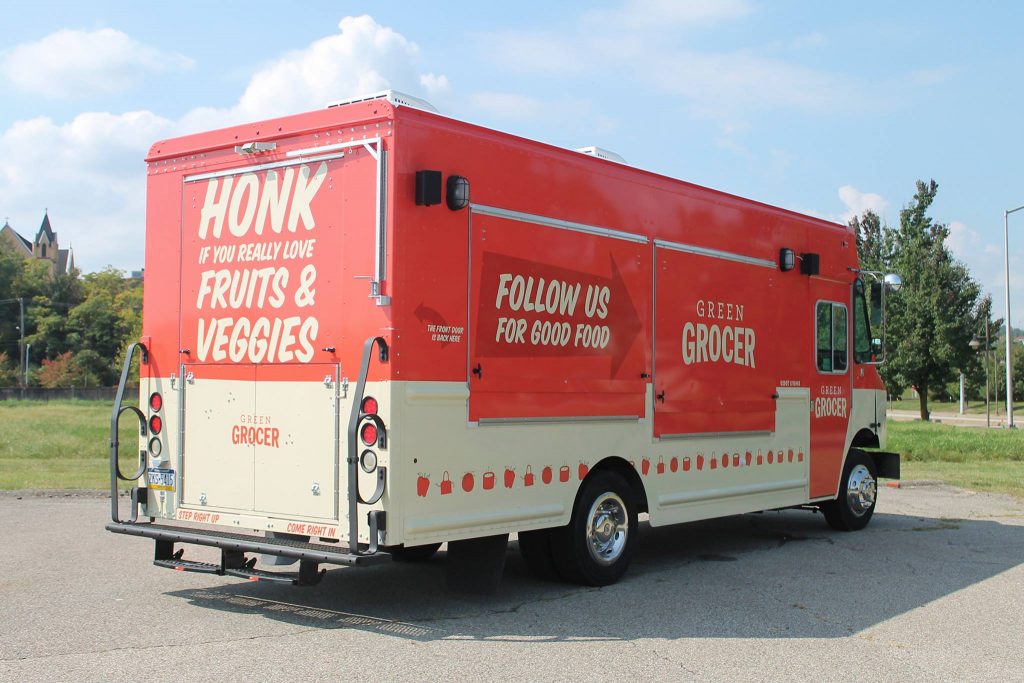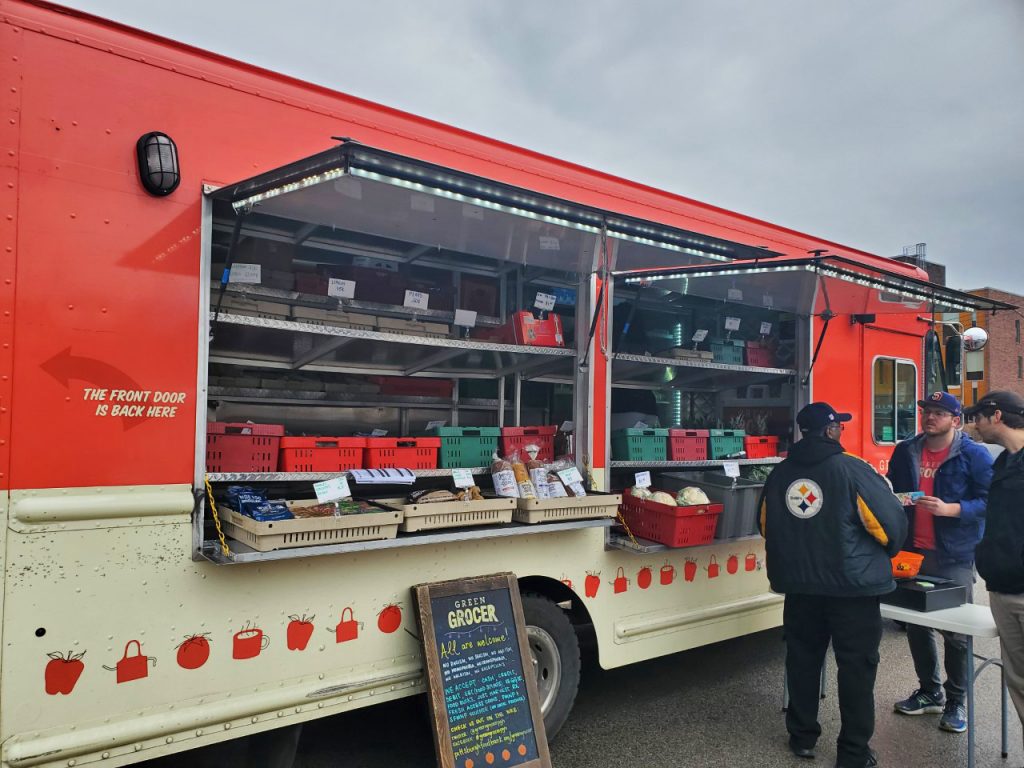Lecture with Stuart Tolley
Service Design Thinking by Marc Stickdorn
Design, When Everybody Designs by Ezio Manzin

When I was a child my father would gather us together and read out loud from one of our favourite books – Cheaper by the Dozen and its sequel, Belles on Their Toes. The books follow the Gilbreths, a family with twelve children led by parents Frank and Lillian Gilbreth. I am the oldest of eight children, and we loved hearing about how another large brood tackled problems such as regimented bathtimes, packing for vacations, and keeping track of children on car journeys. The autobiographical stories are charming and funny, as they detail the day to day living of a large family and follow them through the decades. So why would these books pop into my mind as soon as I started reading about service design?
Both Lillian and Frank were incredibly brilliant engineers, and pioneers in the field of time and motion study. Lillian was a psychologist and industrial engineer, and at a time when higher education was not encouraged for women, she earned a PhD in applied psychology. Their work was groundbreaking, studying industrial practices and determining the best ways to organise machinery, work flows, and improve efficiency and eliminate fatigue, injury and psychological burn out. They also helped rehabilitate World War I amputees and developed helpful adaptations for a variety of disabilities.

Time and motion study covered all aspects of service design in many industries, with the Gilbreth’s techniques still being used today. After Frank died in 1924 Lillian went on to have a long and successful career, in spite of facing discrimination in the engineering world. She taught, lectured, wrote books and pamphlets, as well as working with national companies and consulting for the White House. She used her skills to research problems and come up with new and innovative solutions. “Her work as a consultant to corporations applying psychology to solve problems in areas such as office equipment, household appliances, hospitals, and sports led to her coming up with new designs and inventions to make work and life easier. …. As an industrial engineer working at General Electric, she interviewed over 4,000 women to design the proper height for stoves, sinks and other kitchen fixtures as she worked on improving kitchen designs.” (Giges 2012) Lillian Gilbreth’s research led to millions of hours of saved labour in the home, freeing women to pursue work outside of the home or education.
The Gilbreth’s would often use their family in their work and the book describes several of their experiments to humous results. They would use recording technology with specially designed time pieces to help them in their studies and several of the films have survived as below:
While service design may not strictly be industrial or motion study, I think the underlying principles are the same. Research into how and why something is done, and how those processes can be improved or adapted in the best way possible.
Workshop Challenge
Task One
Research three user-centred design processes or tools that can be used to discover a core need or problem e.g. customer journey maps, service safaris, a day in the life, cultural probe, double diamond.Select one process and write a short 100-word description to illustrate how it can be used to discover an insight or challenge.

I looked at Service Safaris, Personas and the Synthesis Wall. I found a lot of the user-centred design processes and tools to be more useful for an already developed organisation that wanted to pinpoint specific issues or improve their services rather than develop something new.
Service Safaris are a useful tool for examining already present services. By stepping into a user’s shoes you are able to document a process from the inside and observe it in an organic way. Someone undertaking a service safari needs to be very careful not to bring outside perspectives into the experience, but instead approach the experience holistically and open minded. It is important to document your Service Safari, taking photos and notes, paying attention to anything you find confusing or clear. A Service Safari should be an immersive experience, and offers new perspectives to things you may normally take for granted.
Task Two
Research and select one existing campaign or service design project that tackles a social problem and analyse its effectiveness. Please remember to include information about any user-centred design processes that may have been used and the impact it brought about.Write a 300 – 400 word description with screen grabs to illustrate your research findings.
Food deserts are an enormous problem all across the world. In a study from 2018 it was found that “More than a million people in the UK live in “food deserts” – neighbourhoods where poverty, poor public transport and a dearth of big supermarkets severely limit access to affordable fresh fruit and vegetables” (Butler 2018). Food deserts are often located in urban areas, and disproportionately affect the poor, elderly, and disabled. Food scarcity is never an issue, even in times of famine worldwide production of food outstrips need, the issue always boils down to distribution. Green Grocer, a charity located in Pittsburgh, Pennsylvania is trying to change that. The program started as a pop up in 2015 and is now a mobile farmers market that covers the most deprived neighbourhoods in the City.
Linking up with local producers they are able to directly affect communities and bring healthy, affordable food to the people who need it most. They accept all government benefits and vouchers as payment and are constantly adding new neighbourhoods as they work with the community to pinpoint areas in need. They are able to use user centred research to inform them of which communities are in need of their service and then directly supply them. Their friendly van encourages people to follow them for fresh food, and community outreach helps them find new places that are willing to host the markets.

Impact studies enable them to keep track of their goals and establish new areas they need to focus on. Forced to close during bad winter weather and during Covid restrictions, they have implemented a new free delivery service to enable continued access to fresh food and resources to communities in need. Contextual interviews enable them to develop a more fully realised picture of their user’s needs and environments and to pinpoint neighbourhoods that need their services. This has been an incredibly effective project and will continue to make strides in reducing food inequality.
